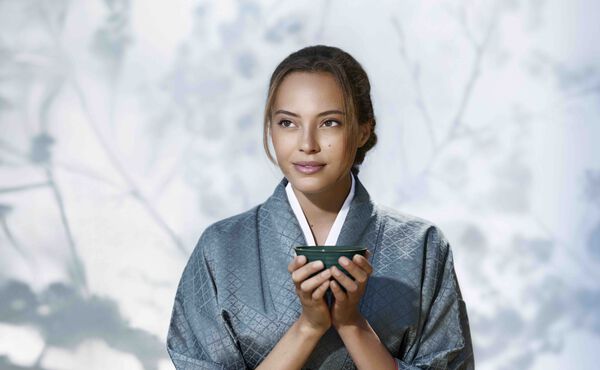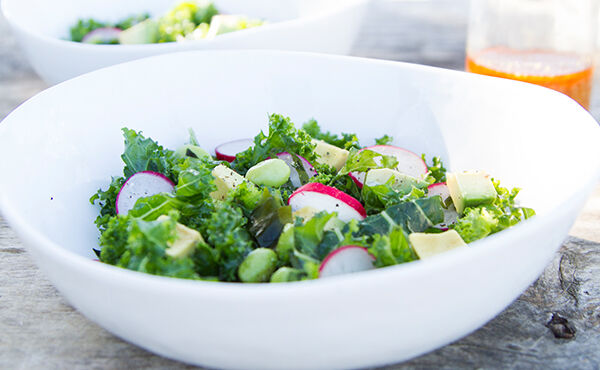In Japan, serving tea is both a pure, refined art and a spiritual discipline. The tea ceremony, known as The Ritual of Chadō, has always been about focusing on the ‘now’, paying careful and precise attention to the ceremony.
Tea is more than an idealization of the form of drinking, it is a religion of the art of life.
About 400 years ago, a master named Sen no Rikyu elevated the tea ceremony to an art form. Today, the study of the philosophy of tea is still a complex, lifelong practice, involving architecture, calligraphy, flowers, the garden, pottery, and much more. There is even a word for this dedication: kokoroire, which in Japanese means ‘to pour one’s heart totally into devotion of the tea ceremony’.
Sen no Rikyu (1522–1591) was the father of The Way of Tea, and today’s tea ceremony is a direct descendant of his philosophy and teachings.
Peace and serenity
As an art, the tea ceremony is a beautiful occasion to appreciate the simplicity of the tea room, the feel of the chawan – the tea bowl – in the hands, the special company of others, and a quiet moment of purity.
Interestingly, one of the innovations made by Sen no Rikyu was that all visitors to the teahouse were required to enter through a small crawl space called nijiriguchi — making everyone equal, whether a shōgun or a peasant.
The beauty of attention
The ceremony itself, performed by the teishu, is an intricate performance – some tea ceremonies can last as long as four hours. Everyone present must pay careful attention to the ceremony, keeping the phrase ichi-go ichi-e (‘one time; one meeting’) in mind, with the idea that this cherished occasion is a chance in a lifetime.
The main equipment includes the whisk (chasen), tea container for the powdered matcha (natsume), tea scoop (chashaku), tea bowl, sweets container or plate, and the kettle and brazier. Each piece of equipment is carefully selected and has its own specific place and role.
The philosophy of tea
Harmony, respect, purity and tranquility are the cornerstones of The Way of Tea:
-
Wa stands for harmony
As there is harmony in nature, the teishu will try to bring this quality into the teahouse and into the garden around the tea- house. The utensils used during the tea ceremony, should also be in visual harmony with each other.
-
Kei is for respect
Guests must show deep respect, regardless of their status. In the tea room, guests kneel down and bow to the hanging scroll, and sit on the tatami on the floor. Carefully handling and observing the tea bowl and other objects also demonstrates respect.
-
Sei stands for purity
Crawling into the tea room means leaving daily life behind; this is a place for guests to revitalize, slow down, and enjoy each other’s presence. The ceremonial cleansing of the utensils by the host is a way of showing purity, as well as drawing attention to the objects.
-
Jaku stands for tranquility
According to the teachings of Sen no Rikyu, only after harmony, respect, and purity are experienced and embraced, can we finally embody tranquility.


.jpg?sw=600&sh=370&sm=fit&cx=0&cy=0&cw=600&ch=370&sfrm=jpg)

